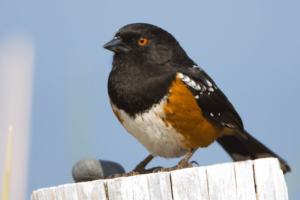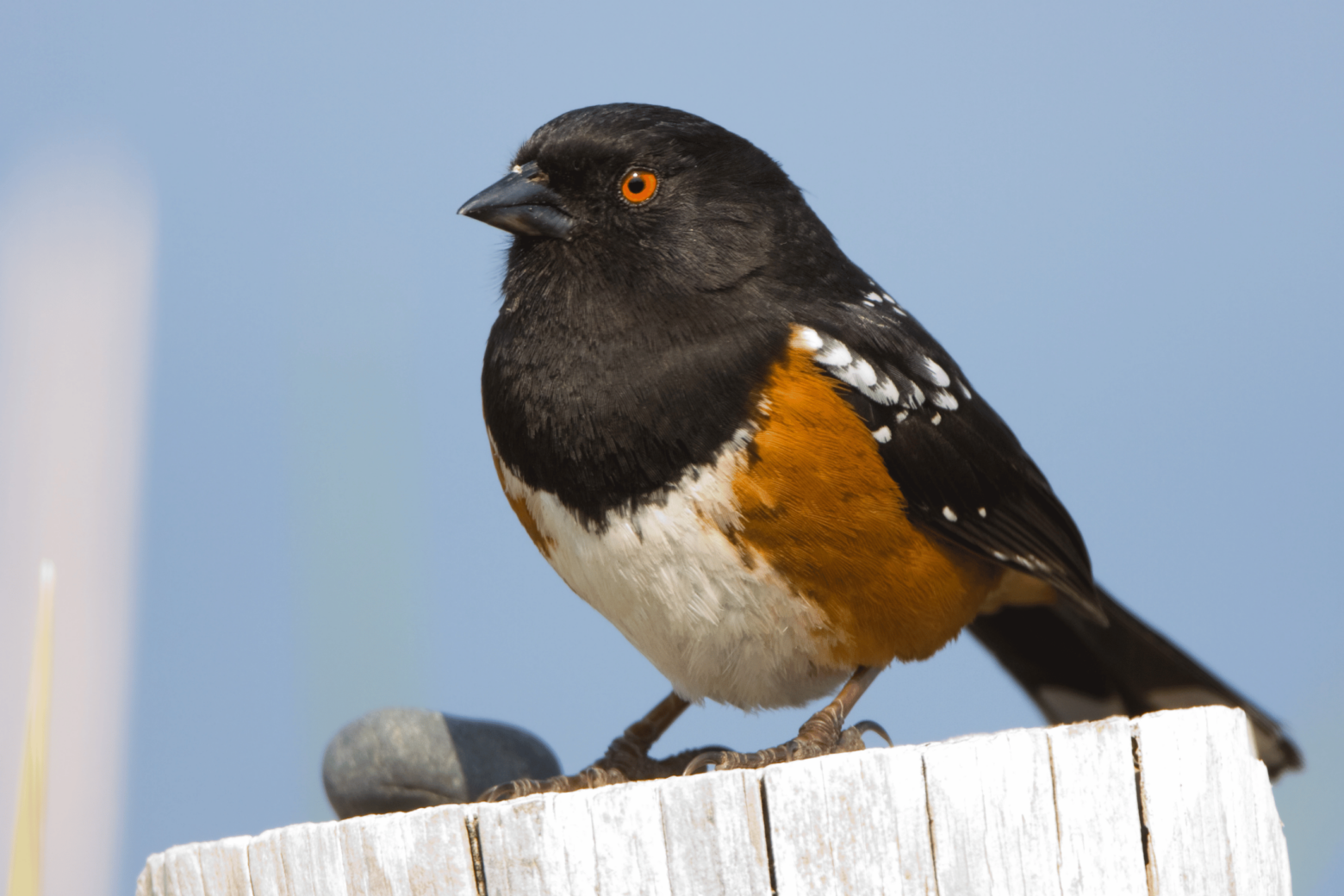 One of the many things that draw people to the Texas Hill Country is the nature that is around every corner. From acres of live oaks, winding creeks, to the wildlife that shares our home, nature is alive and well in the Hill Country—even in the winter months. In fact, there are hundreds of wild bird species that spend their winter in Texas because of the mild temperatures compared to other states.
One of the many things that draw people to the Texas Hill Country is the nature that is around every corner. From acres of live oaks, winding creeks, to the wildlife that shares our home, nature is alive and well in the Hill Country—even in the winter months. In fact, there are hundreds of wild bird species that spend their winter in Texas because of the mild temperatures compared to other states.
Here are a few bird species you’ll want to keep an eye out for in the Dripping Springs area during the winter months.
January Birds to Look Out For
According to the Travis Audubon Society, January is ideal for spotting American Robins, Cedar Waxwings, and American Goldfinches with all three birds actively out and searching for food during this time of year. American Goldfinches are often on the hunt for any winter seeds they can find while robins and waxwings will go after berries. This includes native species such as Ashe juniper, yaupon, and possumhaw, as well as non-native ligustrum berries.
Other January birds to look for include Spotted Towhees and Fox Sparrows. Actually, it would probably be more accurate to use your ears rather than your eyes to discover these birds. The birds use a hopping and scratching method on the forest floor to rustle up bugs, nuts, and seeds in the leaves.
Once you do spot them though, you’ll notice the coloring with Spotted Towhees having black heads and white bellies with a brown streak on the side, with red eyes. Meanwhile, Fox Sparrows, which are somewhat shy, have a gray head and white belly with streaks of brown and gray.
February Birds You Might Spot
The February forecast brings a resident up from South America as well as a raptor and a songbird with some serious hunting skills.
Purple Martins, which look more black than purple, spend part of the winter down in the South American tropics before heading into the Southern United States to set up their nest for breeding. Like so many things in life, timing is everything and the birds aim to arrive at the ideal time for nabbing the best mate. If they arrive too early they run the risk of hypothermia or not having enough food to eat. Too late, however, and their offspring might not have enough time to grow before the next migratory period.
Keep your eyes on the sky in February and you might just spot a Northern Harrier cruising for prey in a field below. Harriers are medium-sized types of hawks known for their brown and white markings.
While much smaller than harriers, the Loggerhead Shrike is an impressive hunter. This songbird, which is around the size of a Mockingbird, spends February in Texas where it will go after everything from lizards to field mice, earning its nickname of “butcher bird” by impaling its prey on thorn bushes!
Attracting Wild Birds in Winter
While all the wild birds that spend time in Texas are equipped to survive without help from humans, food can be more scarce in some years than others. A great way to spot wild birds and help them out is with a bird feeder.
If you do use a bird feeder though, you must protect birds from the spread of disease by keeping a clean feeder. The best way to do this is with a soapy water scrub, then a light bleach solution, followed by a rinse.
Birding is one of the many outdoor hobbies residents of Dripping Springs enjoy. If you’d like to find a home here alongside the birds, reach out to our team to learn more about the Caliterra community.







